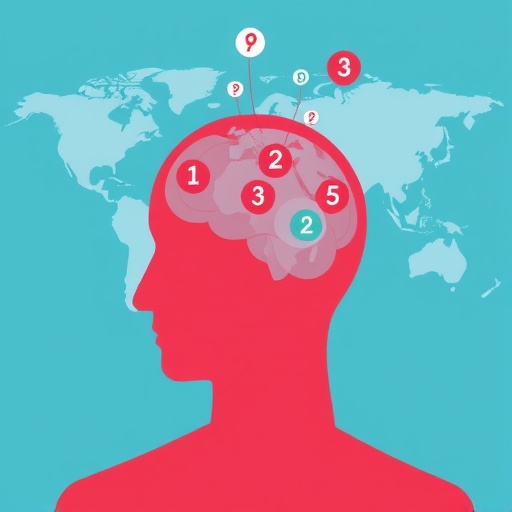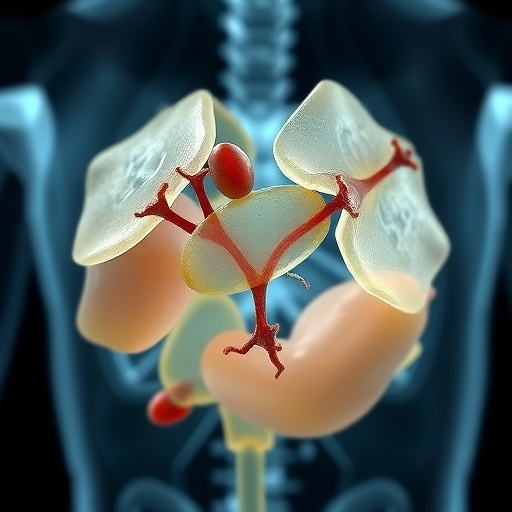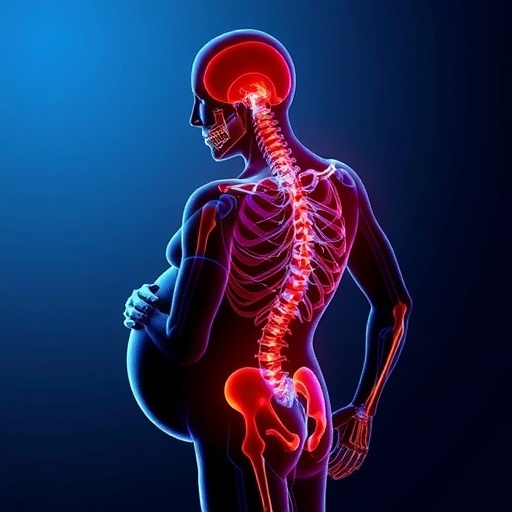In a landmark global health study unveiled in 2025, headache disorders have been confirmed as one of the most pervasive and disabling health conditions worldwide, affecting nearly three billion individuals, approximately one in every three persons. This comprehensive analysis, published by The Lancet Neurology, is part of the Global Burden of Disease 2023 study and offers an unprecedented epidemiological insight into migraine, tension-type headache, and medication-overuse headache over the span of more than three decades.
The sheer scale of the health loss attributed to headache disorders is staggering. In 2023 alone, these conditions accounted for an age-standardized rate of 541.9 years lived with disability (YLDs) per 100,000 people, firmly placing headaches as the sixth leading cause of disability globally. The metric of YLDs, integral to this study, encapsulates the time people endure debilitating symptoms that impair daily function and quality of life, offering a quantifiable measure of the disease impact beyond mere prevalence.
A striking feature of the data is the pronounced disparity between sexes. Women suffer more than double the headache-related health loss compared to men, with a YLD rate of 739.9 versus 346.1 per 100,000, respectively. This pronounced sex-based discrepancy is consistent across all age groups, with females enduring longer and more frequent bouts of headaches. The pathophysiological or hormonal underpinnings of this sex difference remain an active area of research, emphasizing the imperative for sex-specific preventive and therapeutic strategies in headache management.
Though tension-type headaches are nearly twice as common as migraines, the latter dominates the disability landscape. Migraines alone account for nearly 90% of all headache-attributed YLDs, underscoring their substantially greater severity and disabling potential. This paradox illustrates that the frequency of a headache disorder does not linearly correlate with its impact on daily function. Migraines, characterized by intense unilateral pulsing pain often accompanied by nausea, photophobia, and phonophobia, exact an immense toll on affected individuals and societies alike.
Geographically, the highest burdens of migraine-related disability are concentrated primarily in North Africa and the Middle Eastern regions, closely followed by economically affluent areas such as Europe and North America. These findings reflect complex interaction between environmental, genetic, and socioeconomic factors influencing headache epidemiology. Despite regional variability, the global footprint remains significant, pointing to universal challenges in diagnosis, treatment accessibility, and effective management.
One of the most critical revelations of the study relates to medication-overuse headache (MOH), a condition precipitated by excessive consumption of analgesics, often in attempts to manage persistent headaches. MOH exacerbates the overall headache burden disproportionally, with over one-fifth of all headache-related disability attributed to this preventable cause. The pathogenesis involves neuroadaptive changes induced by repeated pharmacologic exposure, leading to a paradoxical increase in headache frequency and severity, underscoring the necessity for cautious and educated use of pain medications.
Specifically, medication overuse contributes 22.6% to migraine-related disability in men and 14.1% in women, while it accounts for over 56% to 59% of tension-type headache-related disability across both sexes. This suggests that beyond primary headache pathophysiology, secondary headache disorders induced by treatment misuse amplify the health impact, posing substantial challenges for clinical management and patient education.
Despite the profound burden and persistence of headache disorders over the last thirty years, the study illuminates a disconcerting plateau in their prevalence and related disability, suggesting that root causes and effective preventive measures remain inadequately addressed worldwide. Such stagnation reflects systemic gaps in healthcare delivery, research prioritization, and public health awareness, magnifying the urgency for targeted interventions.
Innovative public health approaches focusing on integrating headache services into primary care platforms, particularly in low- and middle-income countries, could revolutionize the current landscape. Improved access to affordable, evidence-based treatments alongside comprehensive education on medication use can substantially reduce disability and enhance productivity on a population level. Implementing health systems strengthening to prioritize headache disorders is now a clearly delineated global health imperative.
Furthermore, the study highlights the critical need for sex-specific research endeavors and gender-sensitive clinical protocols that consider the differential burden on women. Hormonal influences, psychosocial factors, and potential genetic susceptibilities warrant deeper exploration to tailor effective therapies and preventive strategies, potentially mitigating the disproportionately high headache-related disability observed among women.
Despite effective pharmacologic and non-pharmacologic interventions being available, such as triptans, CGRP antagonists, behavioral therapies, and lifestyle modifications, access to these therapies remains uneven globally. Barriers include scarcity of trained headache specialists, stigma, economic constraints, and lack of public awareness, which perpetuate unmet needs and continued disability.
In conclusion, this extensive epidemiological analysis delineates headache disorders as a colossal and chronic global health challenge that has remained unresolved for decades. Its findings unequivocally underscore the necessity for multifaceted strategies encompassing improved healthcare delivery, rigorous research, public education, and judicious medication use. Addressing these challenges with coordinated international efforts could dramatically alleviate the global headache burden and vastly improve quality of life for billions.
Subject of Research: Global burden and epidemiology of headache disorders, including migraine, tension-type headache, and medication-overuse headache.
Article Title: Headache Disorders Affect Nearly One-Third of the Global Population and Rank Sixth in Health Loss, Reveals Global Burden of Disease 2023 Study.
News Publication Date: 12-Nov-2025
Web References:
https://www.thelancet.com/journals/laneur/article/PIIS1474-4422(25)00402-8/fulltext
Keywords: Headaches, Pain, Migraines, Neurological disorders, Chronic pain, Disease incidence, Health care, Health disparity, Health care delivery, Human health, Public health, Pharmaceuticals, Medications, Analgesics, Antiinflammatory drugs, Drug sensitivity
Tags: chronic headache conditions statisticsdisabling health conditions worldwideepidemiological study on headachesGlobal Burden of Disease 2023headache disorders global impactheadache-related health loss in womenhealth burden of headachesmedication-overuse headache insightsmigraine prevalence statisticssex disparity in headache disorderstension-type headache analysisyears lived with disability





